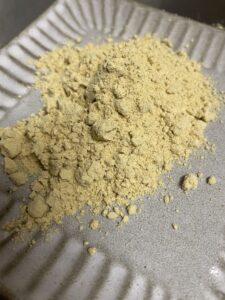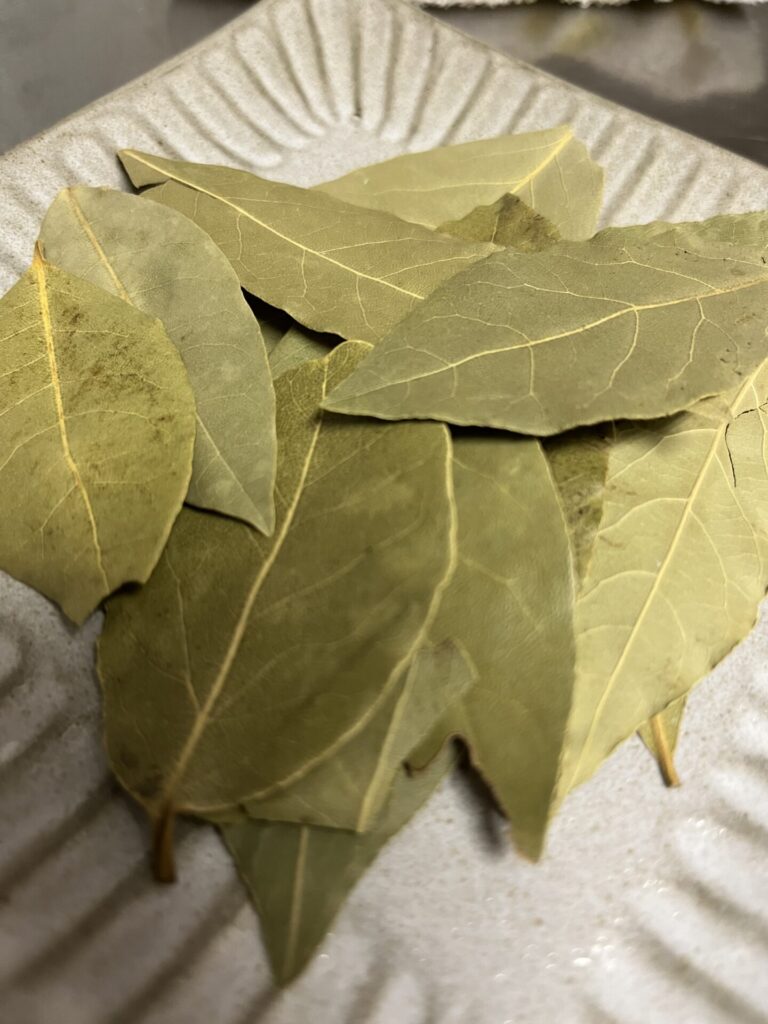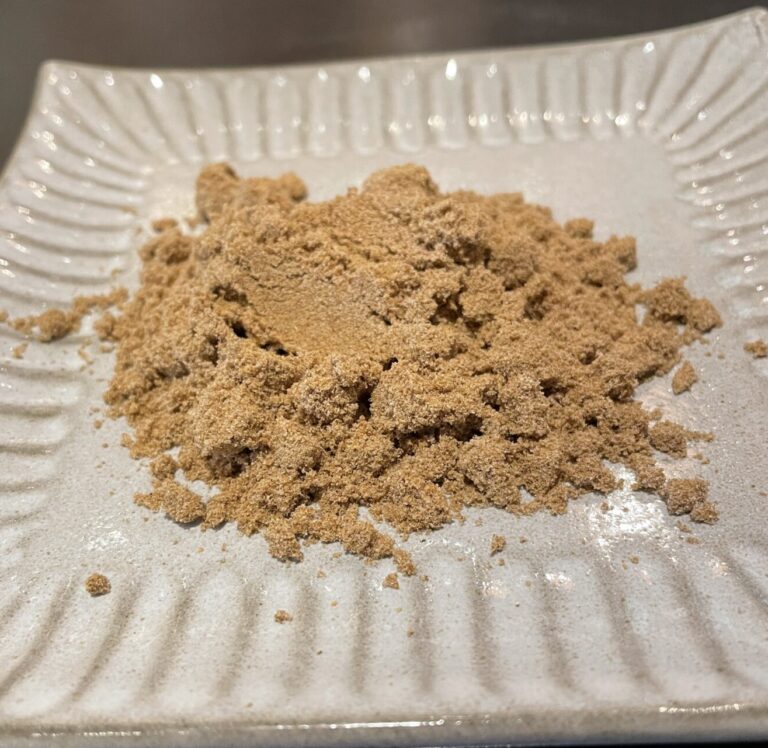 Fresh leaves have a grassy, astringent taste with a faint pungency. Dried leaves, on the other hand, have a nice hay-like aroma. Fresh seeds have a unique aroma.
Fresh leaves have a grassy, astringent taste with a faint pungency. Dried leaves, on the other hand, have a nice hay-like aroma. Fresh seeds have a unique aroma.
Fenugreek grows in fertile soil with plenty of sunlight and is harvested for both its leaves and seeds.
目次
ToggleHistory of Fenugreek
Fenugreek has also been used as a spice and herb since ancient times.
It appears in the ancient Egyptian medical treatise “Aebels Papyrus,” which has been introduced several times on this page.
In ancient Egypt, it was used as an antiseptic and cooking spice, and in ancient Greece and Rome, it was used as livestock feed.
It was also known for its medicinal properties, and was used as an antifebrile in Egypt and as a medicine to improve mental clarity in Greece. Later in Europe, it is remembered that it was cultivated in the herb garden of Karl the Great in the Frankish kingdom.
It is also called “methi” in India, where it has been cultivated for quite some time, and is used in Ayurveda.
It is said to have been introduced to Japan from China during the Edo period (1603-1867), but did not spread widely.
Incidentally, its Japanese name is “Koroha”.
Herbal Benefits of Fenugreek
Fenugreek has a number of medicinal benefits, some of which are introduced below.
(1) Regulates the gastrointestinal tract
Fenugreek has long been used as a medicinal herb in Europe, India, China, and other countries for its role in regulating gastrointestinal conditions. Even today, fenugreek is widely used as a remedy for loss of appetite, stomach discomfort, constipation, and bloating.
(2) Prevention of lifestyle-related diseases
Fenugreek has the ability to lower blood sugar, cholesterol, and neutral fat, and is effective in preventing lifestyle-related diseases such as diabetes, arteriosclerosis, myocardial infarction, and cerebral infarction.
(3) Improvement of brain function
Components such as choline, diosgenin, and trigonene contained in fenugreek activate brain cells and prevent brain aging, and are said to be effective in preventing and improving dementia and Alzheimer’s disease.
(4) Dietary effects
Choline in fenugreek is an essential nutrient that promotes lipid metabolism. This is believed to inhibit the accumulation of fat in the body and prevent obesity. Like other spices, fenugreek can cause side effects. Although it is considered safe for normal food use, excessive intake of fenugreek in the form of supplements may cause the following symptoms.
Possible Side Effects
Diarrhea, stomach discomfort, bloating, gas, maple odor in urine, nasal congestion, cough, asthma, facial swelling allergic reaction, low blood sugar *People with diabetes should be especially careful to avoid hypoglycemia.
How to cook and store fenugreek, etc.
Among the many spices used in Indian curries, fenugreek is one of the most essential.
Roasted to bring out its sweet taste and ground from its hard shell to give it a smooth texture, the powder is an important ingredient in Japanese curry powder.
Also rich in protein, minerals, and vitamins, fenugreek is a favorite of Indian vegetarians.
Fresh leaves are widely used as a vegetable and cooked with potatoes and rice.
They are also added to naan and chapati batter. Dried leaves are used to flavor sauces and gravies.
The seeds are used in Indian pickles and chutneys and are often used in dhal and fish curries in South India.
When the seeds are quickly dry roasted or sauteed, they develop a mild aroma and a nutty, maple syrup-like flavor.
However, they should be used immediately after roasting, as prolonged heating will increase their bitterness.
Finally.
The cilantro introduced in this article.
How do you like it? It is a spice that is not so familiar in Japan, but if you can find it, please add it to your curry and try it.
It goes especially well with fish curry.
The next issue will be on “bay leaf. Please look forward to it.





